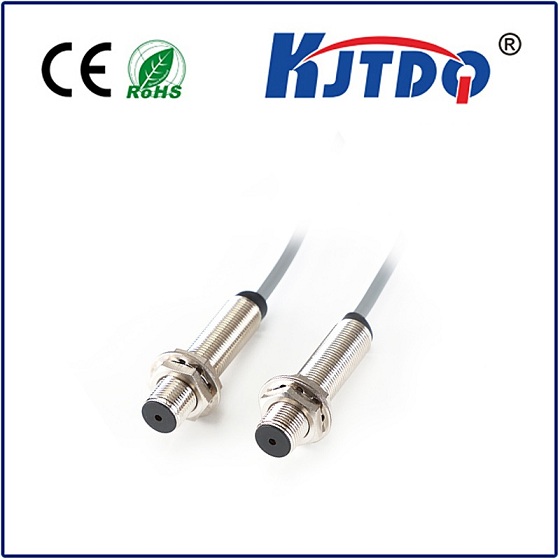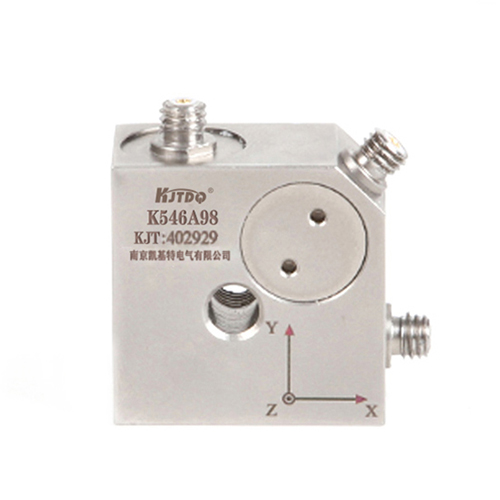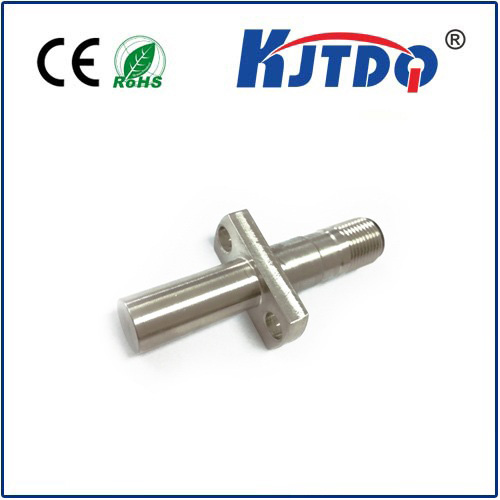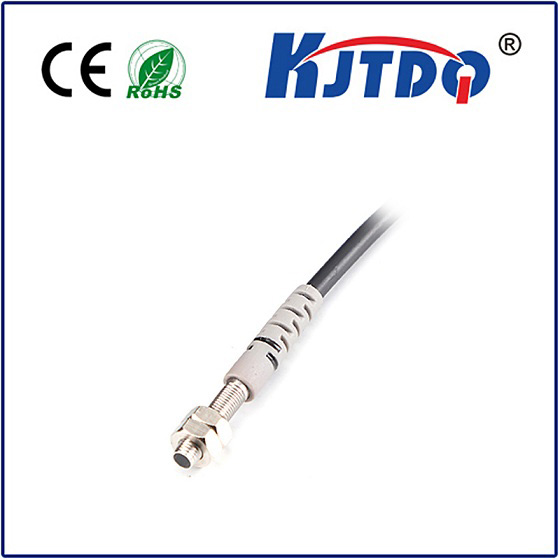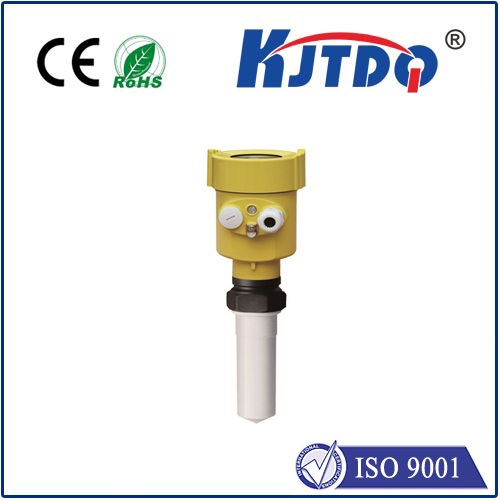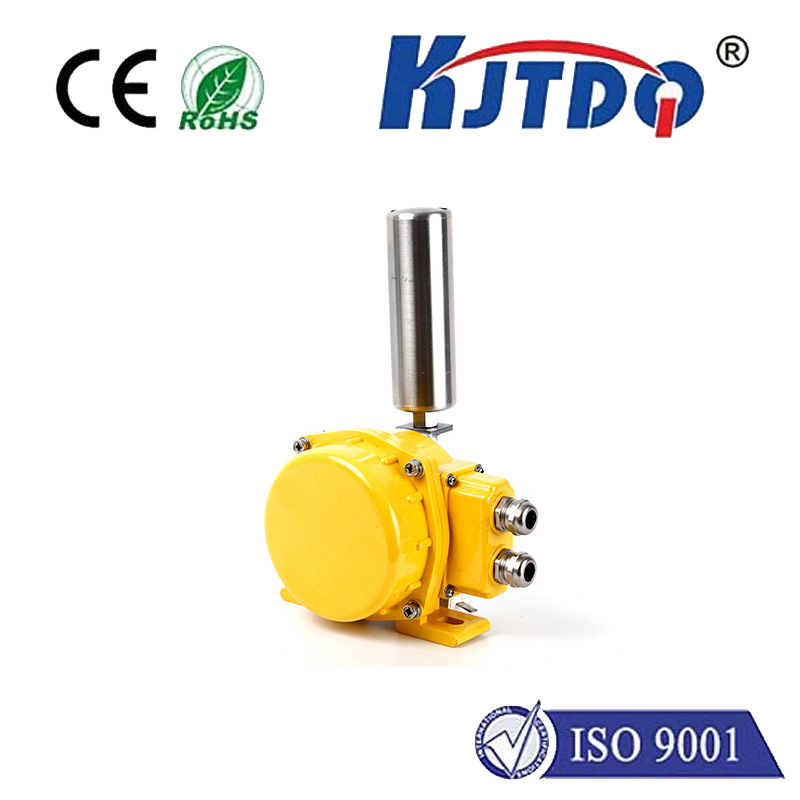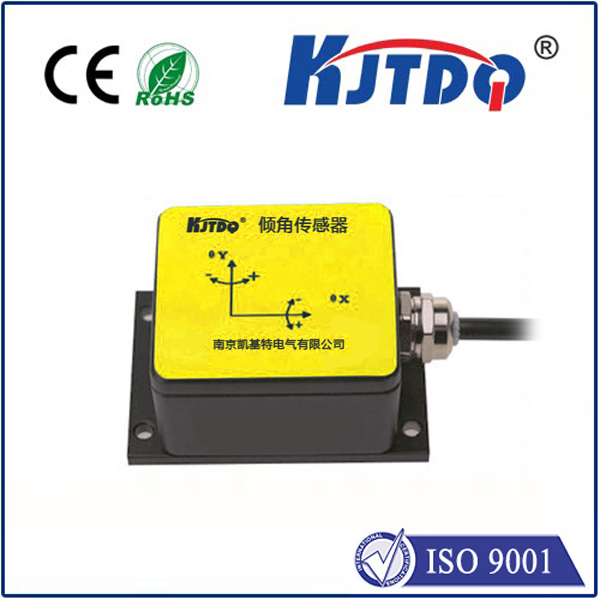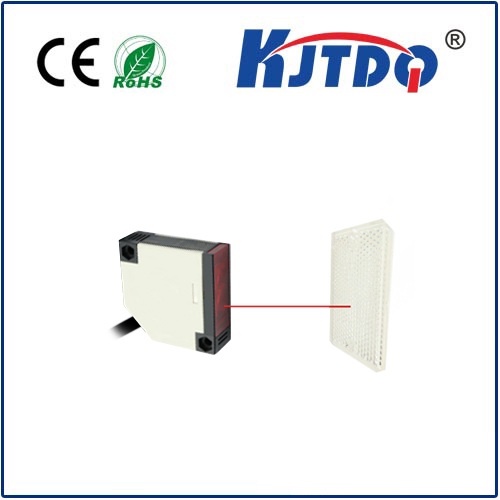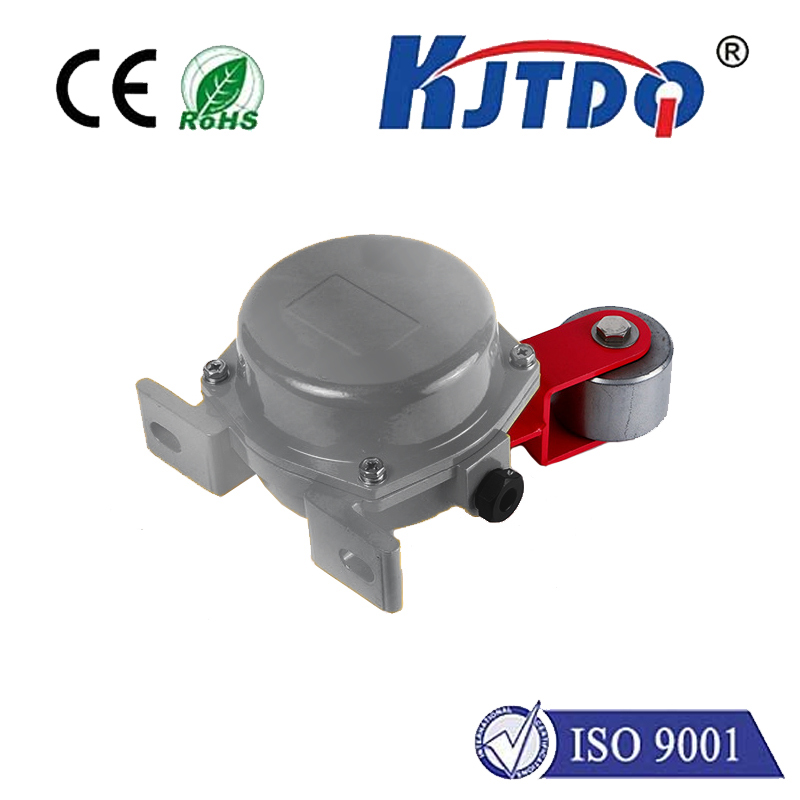E3Z-LR61 0.5M background suppression sensor
- time:2025-09-28 01:46:54
- Click:0
Conquer Tricky Detection: How the E3Z-LR61 0.5M Background Suppression Sensor Delivers Precision
Imagine a bustling packaging line. Cartons zip down the conveyor, each needing precise detection to trigger downstream processes like labeling or sorting. But behind them lurk machinery frames, support beams, or even packaging materials stacked haphazardly. Traditional photoelectric sensors might get confused, triggering falsely on this background clutter or missing the target box entirely. This is where the ingenious technology of Background Suppression (BGS) shines, and the Omron E3Z-LR61 0.5M sensor stands out as a master of this craft. Specifically engineered for reliable detection within a defined foreground zone, this sensor cuts through complexity to deliver unwavering accuracy where it matters most.
The Core Challenge: Why Background Interference Ruins Detection
Standard diffuse reflective sensors work by bouncing light off a target and measuring the intensity of the return beam. While simple, their major weakness is susceptibility to everything in their field of view. A brightly lit area, a highly reflective surface further away, or even an object passing behind the intended target can cause false signals or failure to detect. This unreliability leads to costly machine stoppages, product mishandling, and data inaccuracies.

Background Suppression (BGS) technology solves this fundamental problem. Instead of just measuring total reflected light intensity, BGS sensors like the E3Z-LR61 utilize a triangulation principle. The emitted light beam strikes the target, but the sensor’s receiver is positioned at an angle. Crucially, the sensor calculates the distance to the detected object based on the position where the reflected light hits its internal receiver element.
How the E3Z-LR61 Masters Selective Sensing
Here’s the magic of the E3Z-LR61’s 0.5M BGS capability:
- Setting the Detection Zone: The sensor features an adjustable sensing distance, configurable up to 0.5 meters (500mm) via a potentiometer. Think of this as setting an invisible boundary.
- Intelligent Discrimination: The sensor only recognizes an object if the reflected light hits the receiver element in the position corresponding to a distance equal to or less than this set 0.5M point. An object located beyond the 0.5M mark? The reflected light hits a different part of the receiver, and the sensor intelligently ignores it.
- Target Focus: This means only objects within the designated 0.0m to 0.5m range in front of the sensor trigger detection. Background objects, even large, dark, or reflective ones farther away than 0.5M, are effectively suppressed.
Key Features Powering the E3Z-LR61 0.5M’s Reliability
- Precise 0.5M Background Suppression Range: The clearly defined 0 to 0.5 meter sensing zone is ideal for countless mid-range applications in assembly, packaging, and material handling where background interference is a known issue. This specific 0.5M range strikes a balance between reach and immunity.
- Consistent Performance: Unlike diffuse sensors affected by target color or reflectivity, BGS is primarily distance-based. The E3Z-LR61 provides remarkably stable detection of various object colors and finishes (matte, glossy) within its set range, significantly reducing sensitivity adjustments.
- Rugged Build for Industrial Environments: Encased in durable stainless steel, this sensor boasts an IP67 rating, making it resistant to dust ingress and capable of withstanding washdowns and exposure to oils/coolants common in industrial settings. Its compact design also simplifies mounting.
- Visible Red LED Beam: A bright red LED light source provides a highly visible beam spot, drastically simplifying initial alignment, setup verification, and troubleshooting – saving valuable time during installation and maintenance.
- Simplified Integration: Featuring a stable NPN output configuration (NO/NC selectable via wiring) and a convenient pre-wired M8 connector, the E3Z-LR61 plugs seamlessly into standard industrial control systems without complex interfacing.
- Easy Adjustment: The built-in potentiometer allows for straightforward, tool-free adjustment of the sensing distance directly on the sensor body, enabling fine-tuning in the field without needing external devices.
Where the E3Z-LR61 0.5M Excels: Real-World Applications
The ability to ignore backgrounds makes this sensor indispensable wherever clutter exists behind the target zone:
- Conveyor Belt Object Detection: Precisely detecting boxes, cartons, bottles, or bags on a conveyor without false triggers from rollers, support structures, or pallets positioned further back. Crucial for counting, sorting, and diverting.
- Assembly Verification: Confirming the presence of components specifically inserted into a fixture or mounted onto a base within its 0.5m range, ignoring the surrounding assembly jig or machinery.
- Level Detection in Bins/Silos: Monitoring the fill level of materials (granules, powders, parts) within a container, ignoring reflections off the far wall when set correctly below the bin height.
- Robotic Guidance/Cell Presence: Detecting parts presented at a precise pickup location within the robot cell, ignoring the robot arm itself or other equipment behind the work zone.
- End-of-Arm Tooling (EOAT) Confirmation: Verifying that a gripper has correctly acquired a part near the tool head, ignoring the background environment.
- Packaging Machinery: Ensuring flaps are folded, labels are applied to the correct spot, or products are correctly positioned within trays, all while disregarding machine frames or subsequent packaging stages.
Optimizing Your E3Z-LR61 Installation
To maximize the effectiveness of your 0.5M background suppression sensor:
- Precise Alignment: While forgiving, ensure the sensor is generally facing the intended target area. The visible red beam is invaluable here.
- Calibrate the Range: Power the sensor and observe its response. Use the potentiometer to adjust the sensing distance so the sensor reliably detects only objects within the desired 0.0m to 0.5m foreground zone. Test with the target present and absent, and ensure background objects beyond 0.5m are ignored. A small screwdriver is all you need for adjustment.
- Stable Mounting: Secure the sensor firmly to prevent vibration or accidental movement from altering the detection zone.
- Environmental Awareness: Avoid mounting directly opposite highly reflective surfaces (unless they are beyond the 0






